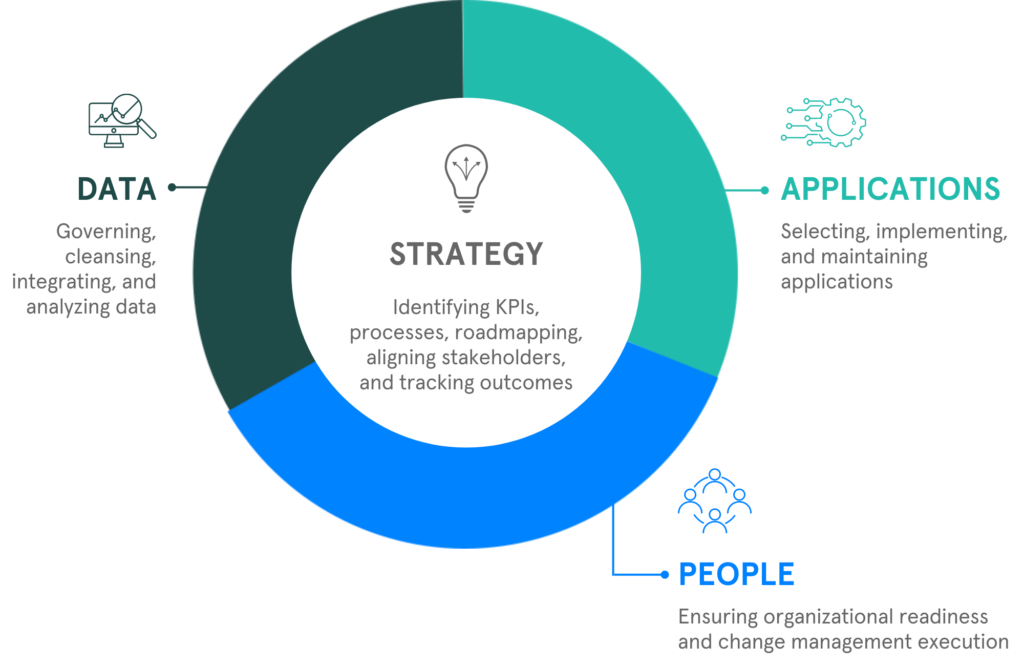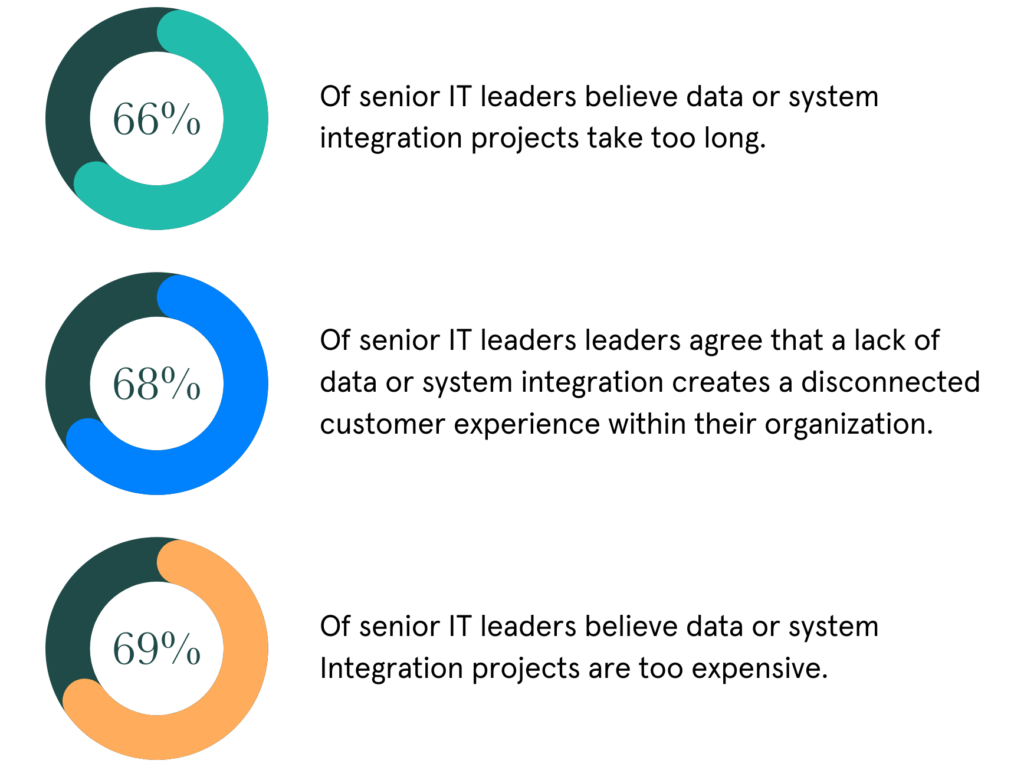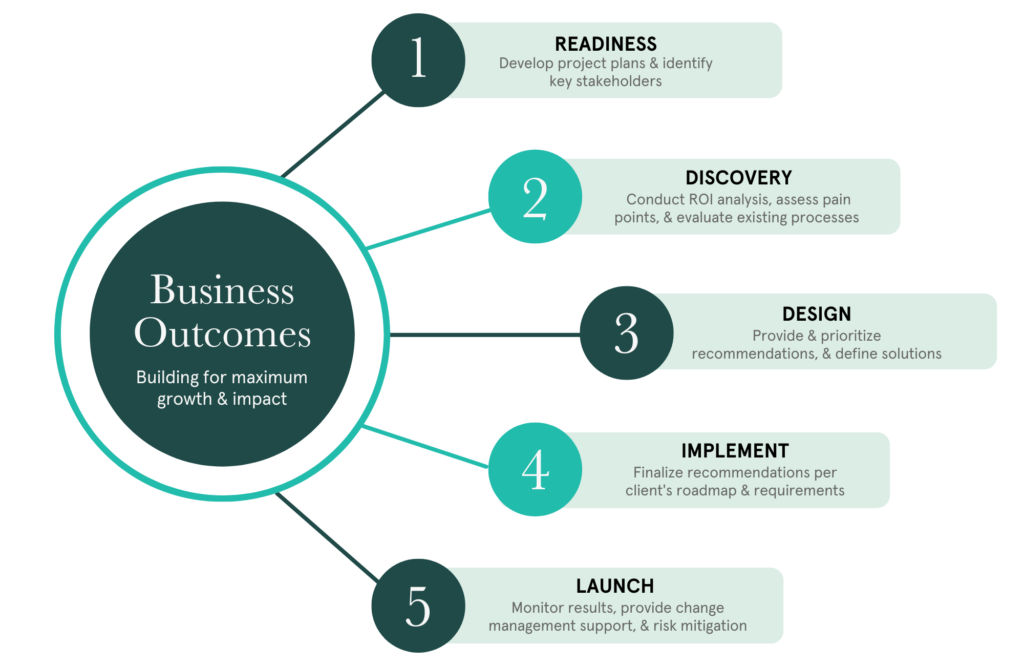Each year, we work side by side with banks and credit unions that want to update critical systems and refresh traditional business approaches to stay competitive in the digital world. This past year was no different—our clients focused on modernization through technology, and as we reflect on our work in 2022, three things stand out when it comes to using technology effectively for growth:
- Clean, aggregated, real-time data is critical for getting actionable insights and making informed decisions
- Applications should be set up and maintained so they remain scalable and can adapt to changing needs
- Wherever possible, the technology should make users’ jobs easier to accelerate their adoption
Global economic, health, and socio-political headwinds in 2022 drove Financial Institutions to focus even more on digital experiences. They’ve continued to respond to the COVID-fueled mandate for digitization, prioritizing speed, operational resilience, and compliance while keeping an eye on new innovations and industry trends and conditions. And as we look towards 2023, there are further dominoes in motion that will likely play out over the course of the next year:
- Rising interest rates (inflation driven)
- A recession-trending economy
- Geopolitical issues including currency destabilization and economic volatility
- Environmental Social Governance (ESG) Regulations
These issues will likely result in higher borrowing costs, reduced borrowing demand, covenant compliance, collateral values, and default risk. What’s interesting (and perhaps reassuring) is that even though the above pressures are currents that will impact Financial Institutions’ strategies and actions for the next year, the priorities for banks focused on growth don’t change. It still comes down to data, applications, and people. Using these three areas to modernize and optimize banking operations will be key to unlocking greater productivity, stability, and scalability for banks in 2023.



